Entry Category: Military Science
Huntsville Massacre
Hurricane Creek, Skirmish at
aka: Skirmish at Hunter's Crossing
 Hustler Hut
Hustler Hut
I Go [Steamboat]
aka: Igo
aka: New Igo
aka: New Iago
Indian Soldiers (Civil War)
Indochinese Resettlement Program
aka: Operation New Life
Ingram, James M.
aka: James M. Ingraham
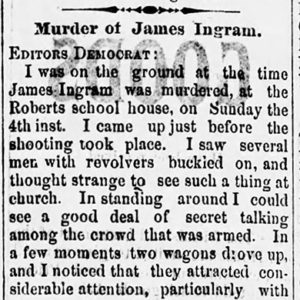 James Ingram Murder Article
James Ingram Murder Article
J. H. Miller
Jackman, Sidney Drake
 Sidney Drake Jackman
Sidney Drake Jackman
Jacksonport, Affair at
aka: Skirmish at Stoney Point
Jacksonport, Attack on
Jacksonport, Skirmish at
aka: Augusta Expedition (April 22–24, 1864)
Jacksonville Museum of Military History
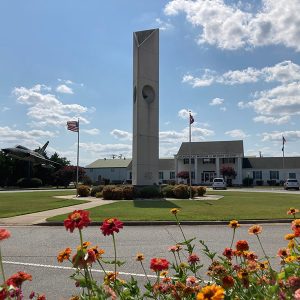 Jacksonville Museum of Military History
Jacksonville Museum of Military History
 Jacksonville Museum of Military History
Jacksonville Museum of Military History
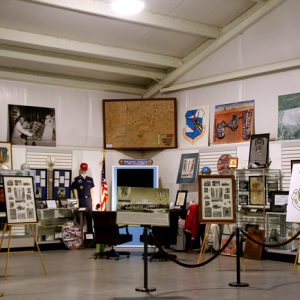 Jacksonville Museum of Military History
Jacksonville Museum of Military History
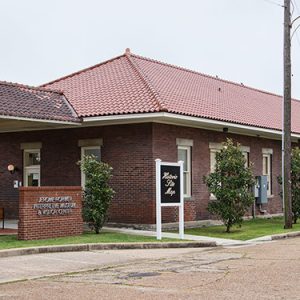 Japanese American Internment Museum
Japanese American Internment Museum
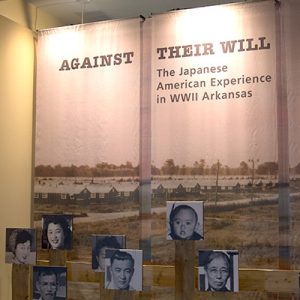 Japanese American Internment Museum Display
Japanese American Internment Museum Display
Jayhawkers and Bushwhackers
aka: Bushwackers and Jayhawkers
aka: Guerrillas (Civil War)
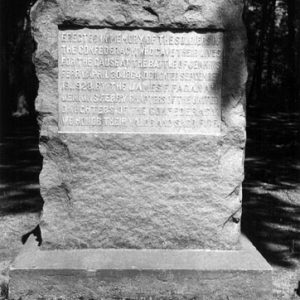 Engagement at Jenkins' Ferry Monument
Engagement at Jenkins' Ferry Monument
Jenkins Ferry Battleground State Park
 Jenkins Ferry Battleground State Park Marker
Jenkins Ferry Battleground State Park Marker
 Jenkins Ferry Entrance
Jenkins Ferry Entrance
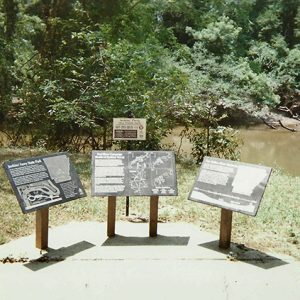 Jenkins' Ferry State Park
Jenkins' Ferry State Park
Jenkins’ Ferry, Engagement at
John D. Perry
 John L. McClellan Memorial Veterans Hospital
John L. McClellan Memorial Veterans Hospital
 Johnson Lawsuit Story
Johnson Lawsuit Story
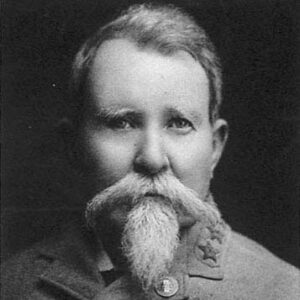 Benjamin W. Johnson
Benjamin W. Johnson
Johnson, George T. F.
aka: George Taylor
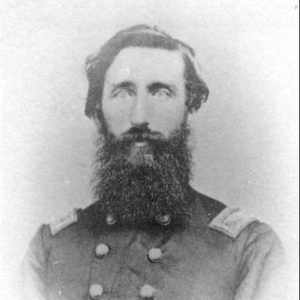 James M. Johnson
James M. Johnson
Johnson, James Madison
Johnson, Samuel
Johnson, William J.
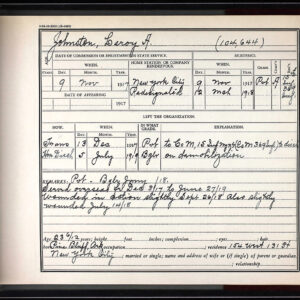 Johnston Military Record
Johnston Military Record
Johnston, Leroy Alfred
Jonesboro, Skirmish at
 Judsonia Army Band Performance
Judsonia Army Band Performance
Kaskaskia
Kate Hart
Keenan, Jimmie Owens
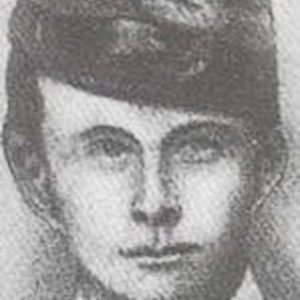 John H. Kelly
John H. Kelly
Kendal’s Grist Mill, Affair at
Kennedy, John
 Key to the City
Key to the City
 Thomas Key
Thomas Key
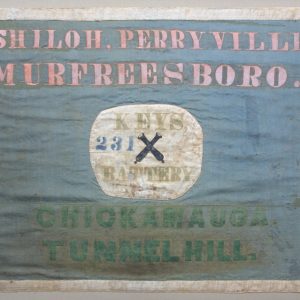 Key's Battery Flag
Key's Battery Flag




